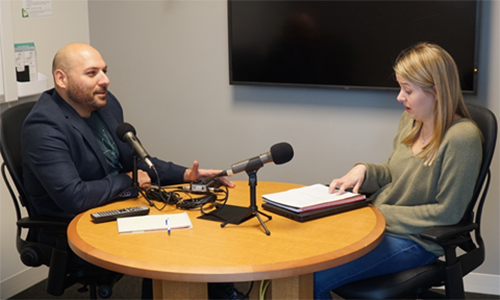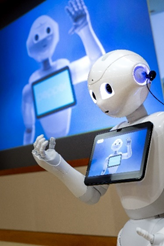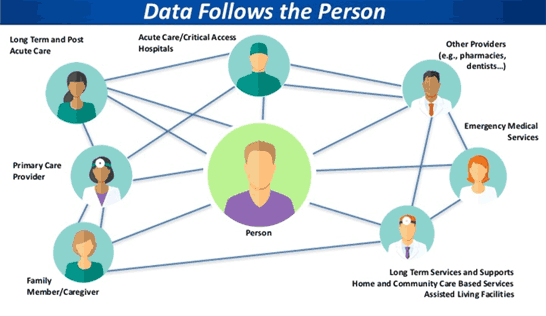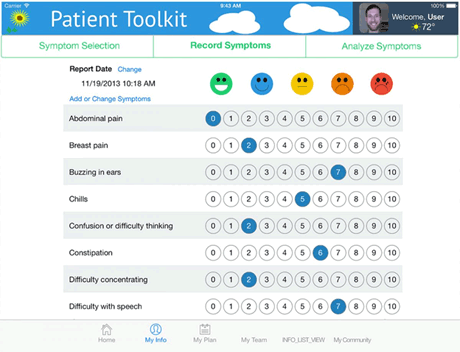
Jun 28, 2022 | Blog, Capabilities, Knowledge Sharing Culture, Strategy
The Eisenhower School for National Security and Resource Strategy is one of National Defense University’s five graduate colleges tasked with preparing military officers and federal government and private sector civilians for strategic leadership and success in developing national security strategy.
As former Assistant Professors of Behavioral Science in the Strategic Leadership and Industry Studies Departments, Jim Chapple and Larry Colby have seen first-hand how The Eisenhower School’s work meshes with the capabilities within their own department (Human and Organizational Systems [HOS]), MITRE Labs, and the Federally Funded Research and Development Centers (FFRDCs) managed by MITRE.

Feb 9, 2021 | Blog, Cross-Organizational Information Sharing
Many countries in the Global South are not fortunate enough to have the infrastructure or tools that we take for granted. Things as simple as knowing where a community is can mean life or death when battling disease. Join us as Dr. Victoria M. Gammino walks us through her work turning geospatial data into the tools and technology needed to keep the world healthy and disease free.

Sep 18, 2020 | Blog, Learning Organization
The classic conception of an intern is a minion who brings people coffee, fixes printer jams, and does grunt work. The interns hired by MITRE’s Emerging Technologies Department, however, are not minions. They are student investigators charged with helping to solve overwhelming societal problems. Read profiles of four of these interns and their summer work in the public interest.

Feb 2, 2020 | Blog, Cross-Organizational Information Sharing
Rachel Mayer has grown up with medicine on the mind, but one subject has always been at the forefront: Maternal mortality. In a country as advanced and capable as the United States, why is Maternal Mortality still so high? While many public health practitioners often turn to medicinal interventions, she turned to data.

Nov 4, 2019 | Blog, Cross-Organizational Information Sharing
We’ve all been there—sitting in the waiting room of a doctor’s office, filling out redundant forms with our healthcare history. Each time, we sit with silent frustration, wondering why we must complete the same paperwork every time we visit our healthcare provider.
We wonder: It’s 2019. Shouldn’t transmitting health information from one place to another be seamless?

Sep 23, 2019 | Blog, Cross-Organizational Information Sharing
How do we balance the desire of organizations to harness big data’s power with the need to prevent potential harm to individuals or populations? For health care, MITRE developed a framework to promote the ethical use of consumer-generated lifestyle data.

Oct 23, 2018 | Blog, Collaboration, Partnerships and Social Media, Cross-Organizational Information Sharing
Guidance developed with FDA outlines preparedness and response recommendations for healthcare delivery organizations and others.

Sep 24, 2018 | Blog, Machine Learning, Artificial Intelligence, and Data Science
Imagine waiting 30 minutes or longer to get through to a customer service center and when your call is finally answered, you can’t understand what the service representative is saying because you have a hearing impairment. Or you place a call to your doctor but aren’t able to communicate your needs to the medical staff because your speech is impaired. Or you are a child with autism and being in a classroom and interacting with your teacher and classmates overwhelms you with anxiety.

May 9, 2018 | Blog, Learning Organization
The Patient Toolkit is a mobile application that helps chronically ill patients and their caregivers better manage their illness …

Oct 31, 2016 | Blog, Cross-Organizational Information Sharing
Linda Fischetti, John Shottes, Lisa Tutterow, Cynthia Taylor Small, Steve Scott, Marianne Smith, Phil Trudeau, Lara Van Nostrand, and Stacey Zlotnick—who together bring expertise in learning, technology, and healthcare to the endeavor—created an interactive learning...

Sep 20, 2016 | Blog, Intranets, Business Process, and Knowledge Operations
Have you ever filled out medical forms for yourself or a family member by hand and more than once? I can hear you sighing yes. So you already understand the potential goodness of having your data follow you in the form of a safe, accurate electronic record. Still,...

Apr 18, 2016 | Blog, Collaboration, Partnerships and Social Media
MITRE’s Patient Toolkit mobile app enables chronically ill patients to better manage knowledge about their conditions, track their symptoms and medications, and communicate what they know to their healthcare providers. MITRE has a simple process to enable...

Oct 6, 2015 | Collaboration, Partnerships and Social Media, Cross-Organizational Information Sharing
The phrase corporate training may sound like, well, school, but in the hands of Lara Van Nostrand, it is anything but. Her team sets up collaborative learning experiences that take advantage of online classes held elsewhere (e.g., Coursera), interactive survey...













